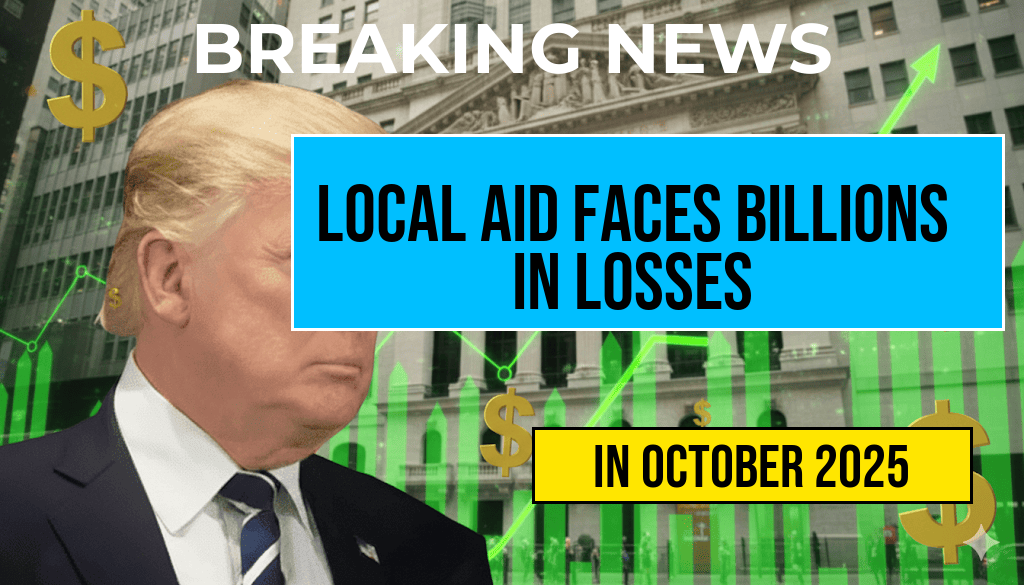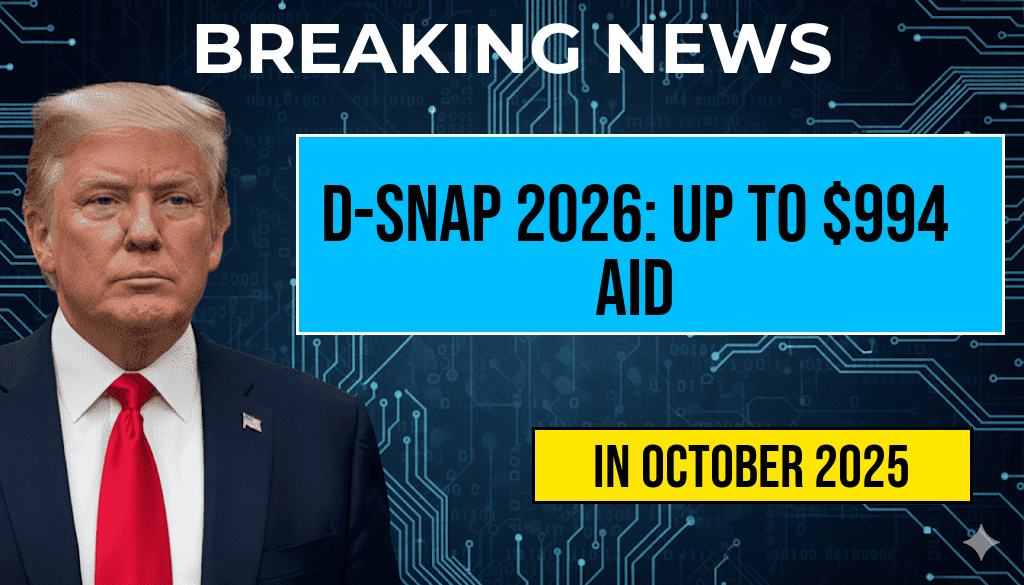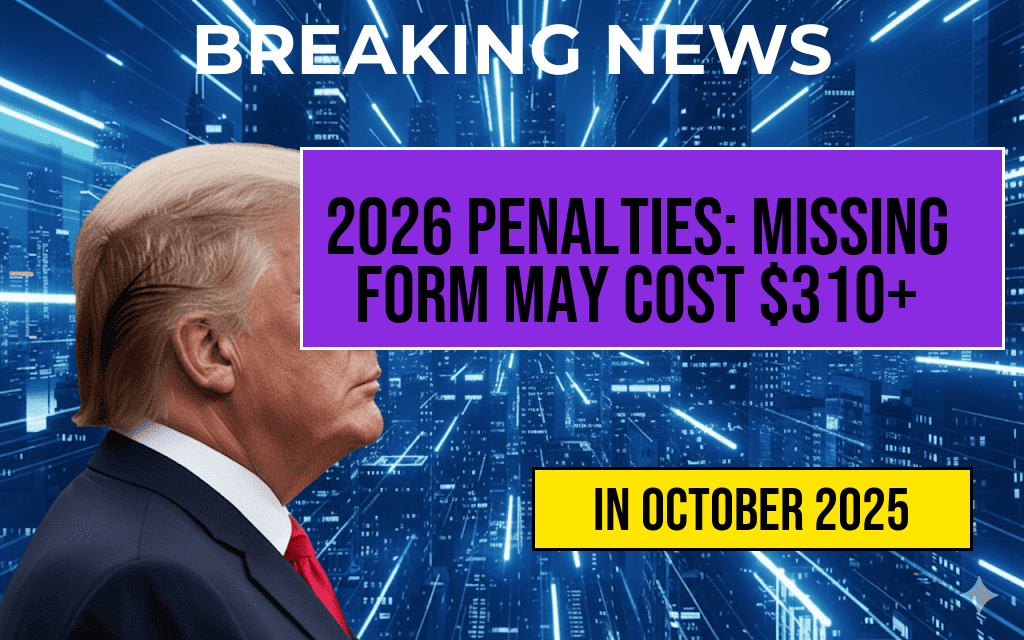A recent analysis reveals that local aid programs across the United States could face losses amounting to billions of dollars due to significant cuts outlined in a proposed government shutdown plan. As federal funding becomes increasingly uncertain, municipalities are bracing for an impact that could affect essential services and programs. The implications of these ‘irreversible’ cuts extend beyond immediate financial concerns, potentially jeopardizing community welfare, public safety, and economic stability. With discussions intensifying in Washington, local leaders are urging lawmakers to reconsider and protect crucial resources that support their communities.
Understanding the Proposed Cuts
As negotiations in Congress stall, the proposed shutdown playbook includes drastic budget reductions aimed at various sectors, particularly focusing on local aid. These cuts could occur in several areas:
- Education Funding: Local schools may see decreased federal support, impacting programs that provide essential services to students.
- Public Safety: Funding for police and fire departments could be slashed, leading to a potential rise in crime and reduced emergency response capabilities.
- Infrastructure Projects: Local governments may have to delay or cancel critical infrastructure upgrades and maintenance, affecting roads, bridges, and public transportation.
Impact on Local Communities
The ramifications of reduced local aid are particularly concerning for smaller municipalities that rely heavily on federal funding. According to estimates from the Forbes Finance Council, towns and cities could see a loss of up to 20% in their operational budgets, drastically altering their ability to deliver services.
| Sector | Projected Loss ($ Billions) |
|---|---|
| Education | 10 |
| Public Safety | 5 |
| Infrastructure | 3 |
| Health Services | 2 |
| Social Services | 1 |
Local Leaders Respond
Mayors and local officials across the country are voicing their concerns regarding the potential fallout from these cuts. In a recent statement, the Mayor of Springfield emphasized, “These cuts would not just impact our budgets; they would fundamentally alter the way we serve our community. We are calling on Congress to prioritize local aid in their discussions.”
Community advocacy groups are also mobilizing to raise awareness about the risks associated with diminished funding. Organizations are organizing rallies and campaigns to urge citizens to contact their representatives and advocate for the preservation of local aid. “The community’s voice must be heard,” stated a representative from the National Association of Counties. “These cuts will have long-lasting effects on our ability to support vulnerable populations.”
Potential Alternatives to Address Funding Gaps
As local governments grapple with the possibility of reduced federal support, some are exploring alternative funding sources to mitigate the impacts. Possible strategies include:
- Public-Private Partnerships: Collaborating with private entities to fund local projects and services.
- Increased Local Taxes: Implementing modest tax increases to compensate for lost revenue, though this may face pushback from residents.
- Grant Applications: Pursuing state and federal grants that may offer financial assistance to offset losses.
Looking Ahead
The situation remains fluid as negotiations continue in Washington. Local officials are keeping a close watch on developments, recognizing that time is of the essence. With the deadline for a government shutdown approaching, the stakes are high for communities that depend on federal support.
As discussions progress, it is crucial for both sides of the aisle to prioritize local aid in their negotiations. Ensuring the stability and well-being of communities should be at the forefront of legislative agendas. For more information on the implications of these proposed cuts, visit Wikipedia for an overview of the federal budget process and its impact on local funding.
Frequently Asked Questions
What are the main reasons for the proposed cuts to local aid?
The proposed cuts to local aid stem from a combination of fiscal constraints and budgetary priorities that prioritize certain programs over essential community services. These cuts are deemed ‘irreversible’ due to the long-term impacts they will have on local government funding.
How do these cuts affect community services?
The losses in local aid can significantly affect a range of community services, including public safety, education, and infrastructure. As funding decreases, local governments may struggle to maintain essential services that residents rely on.
What is the estimated financial impact of the cuts?
The financial impact of these cuts is estimated to be in the billions, which could lead to severe budget shortfalls for many local governments, forcing them to make difficult decisions about service delivery and staffing.
Are there any alternatives to these cuts being discussed?
Yes, there are ongoing discussions about potential alternatives to mitigate the effects of the cuts, including reallocating funds from other budget areas or seeking additional federal assistance to support local programs.
What can local communities do to advocate against these cuts?
Local communities can advocate against the cuts by engaging in grassroots campaigns, reaching out to local representatives, and participating in public forums to voice their concerns about the impacts of the proposed funding losses.







